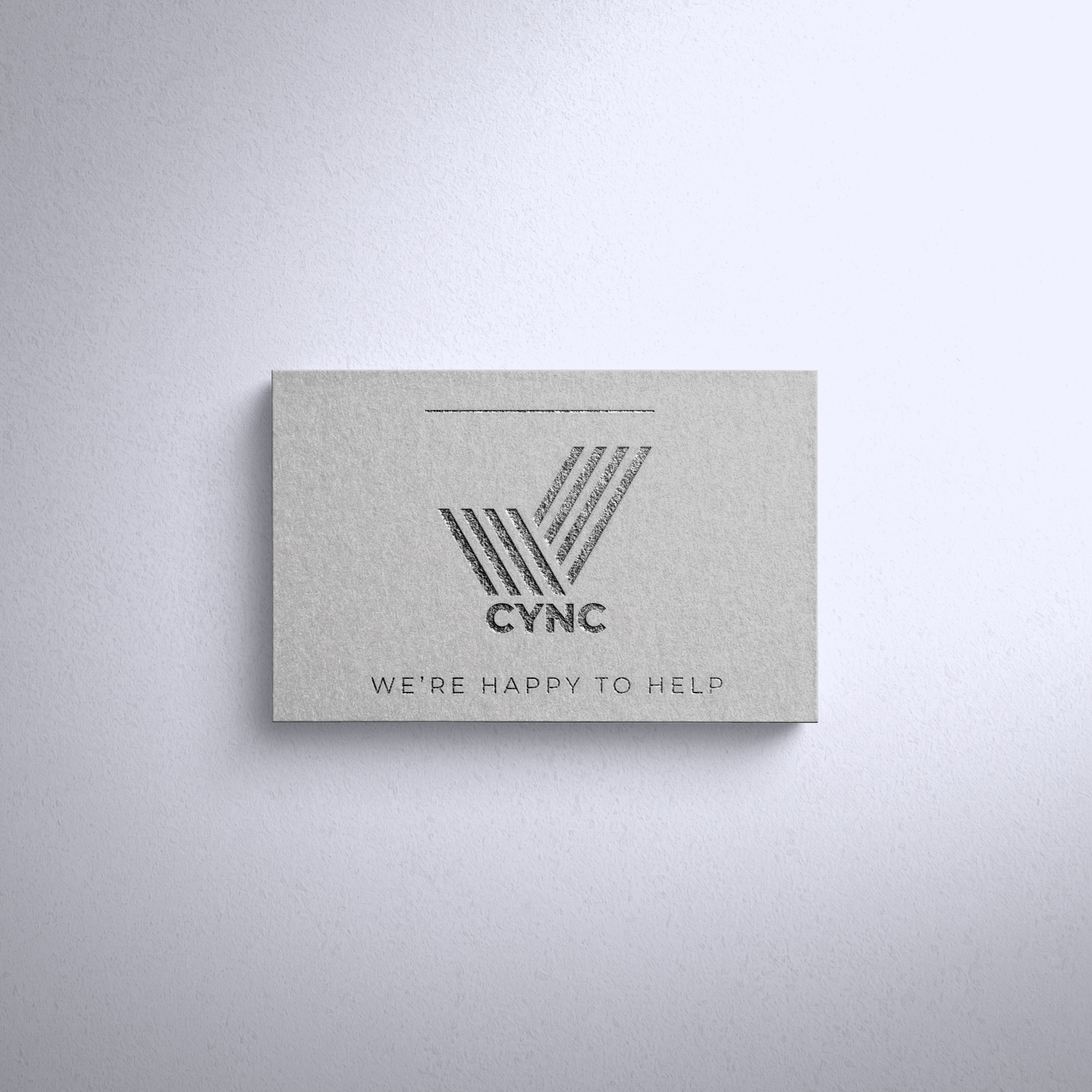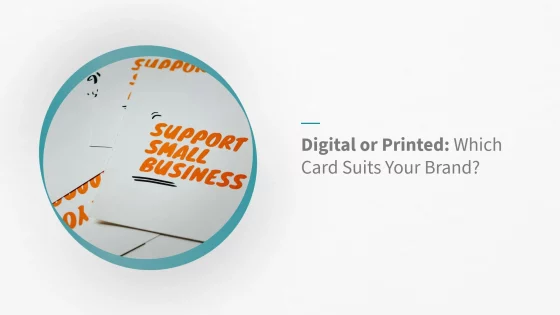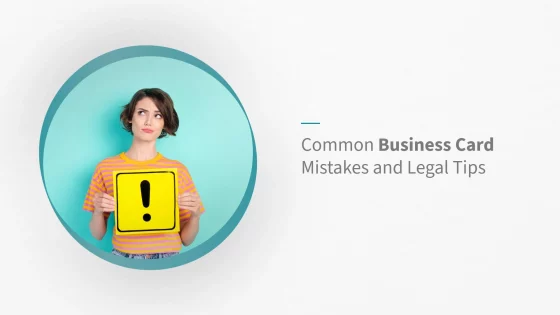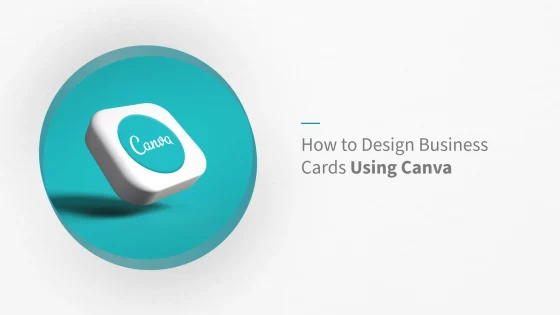Digital vs Printed Business Cards: Which Is Best for Your Brand in the UK?
As UK businesses embrace digital transformation, the humble business cards face a crossroads. Should you go fully digital, stick with a traditional printed format, or consider a combination of both?
In this guide, we explore the key differences between digital and printed business cards, their benefits and limitations, and how to decide which option best suits your brand, sector, and sustainability goals.
Why Business Cards Still Hold Value in a Digital Age
Despite the growing use of smartphones and online networking tools, business cards remain relevant—particularly in industries where face-to-face interaction plays a key role.
Physical cards offer a tactile experience that digital alternatives can’t fully replicate. Studies suggest touch increases memory and brand recall, making printed cards a powerful asset during meetings, conferences, and introductions. In sectors like design, architecture, and consultancy, the impression created by a high-quality card can speak volumes about your professionalism and attention to detail.

Printed Business Cards: A Tangible Brand Asset
Printed business cards continue to serve as a reliable and personal way to share contact details and represent your brand.
- Create a strong first impression through material and design
- Fully customisable with finishes such as embossing, foiling, and textured stocks
- Require no technology to share or access
- Ideal for formal or high-end professional settings
In the UK, professionally printed cards typically cost between £1.50 and £2.50 per unit, depending on materials, finishes, and quantity. While some are discarded quickly, the right card design can make a lasting impact—especially when aligned with your brand identity.
Digital Business Cards: A Modern, Sustainable Alternative
Digital business cards offer flexibility, instant sharing, and eco-conscious benefits—features increasingly important to today’s mobile and environmentally aware professionals.
- Instantly update and share your contact details via phone, QR code, or tap
- Eliminate the need for reprints and reduce paper waste
- Lower long-term costs compared to regular print orders
- Easily integrate with websites, social media, and contact management tools
In the UK, digital business cards are increasingly popular, especially among professionals aged 16–34. According to recent industry research, around 88% of printed business cards are discarded within a week, making digital formats a far more sustainable and trackable option. Some platforms now enable users to monitor engagement and capture leads in real time, offering enhanced networking insights. Sources: QR Code Tiger.
Digital vs Printed: Which Suits Your Brand Better?
Choosing between printed and digital cards depends on your industry, audience, and brand values. Here’s a comparison to help guide your decision:
| Feature | Printed Cards | Digital Cards |
|---|---|---|
| Branding impact | Strong physical presence | Clean, modern presentation |
| Sustainability | Low | High |
| Cost (annually) | Higher (material & print costs) | Lower (subscription or one-time fee) |
| Customisation | Extensive (materials & finishes) | Moderate (digital design templates) |
| Best suited for | Design, luxury, professional sectors | Tech, events, startups, remote teams |
Why a Hybrid Strategy Could Be the Best Choice
You don’t have to choose one or the other. Many businesses in the UK are combining printed and digital formats to get the best of both.
For example, a printed card with a discreet QR code or NFC chip offers a tactile first impression while linking directly to an online profile, video, portfolio, or contact form. This hybrid strategy enables brands to maintain the professionalism of print while harnessing the functionality and sustainability of digital.

Real-World Applications by Sector
Your business card should align with industry expectations and client preferences. Here’s how different sectors are adapting:
- Tech companies and startups: often prefer digital cards for real-time updates and ease of integration with online tools.
- Design agencies and creatives: use printed cards as physical extensions of their portfolio, showcasing paper stock, layout, and visual identity.
- Sustainability consultants: may opt for recycled or biodegradable print materials combined with QR links to highlight their environmental ethos.
- Professional services: such as law or finance may benefit from a hybrid solution, offering printed cards for formality and digital options for convenience.
By aligning your card strategy with your sector and brand purpose, you strengthen how you’re perceived in competitive environments.
Conclusion: Choosing the Right Format for Your Brand
The best business card format is the one that reflects your brand values, resonates with your audience, and supports your practical needs.
Printed cards offer tactile engagement, creative freedom, and strong visual impact—ideal for brand-led or formal sectors. Digital cards provide flexibility, sustainability, and smart integrations for tech-savvy or remote-first teams.
For many UK businesses, a hybrid solution combining both formats offers the most versatile and future-proof approach to networking.
Ready to make a stronger impression? Whether you print, go digital, or blend both, choose a card strategy that communicates your brand clearly, memorably, and professionally through professional business stationery printing.


